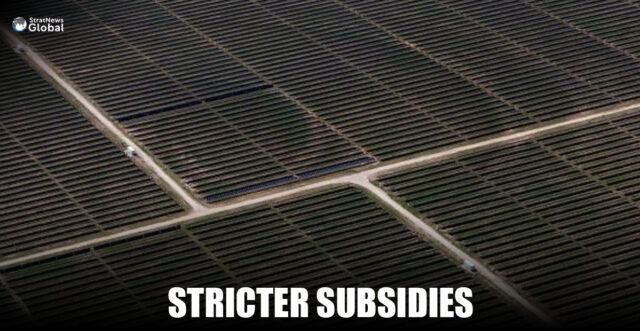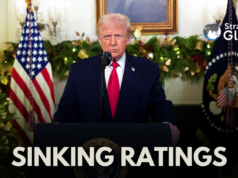The U.S. Treasury Department introduced new restrictions on Friday on how wind and solar projects can qualify for federal tax subsidies. The changes come as President Donald Trump’s tax and spending law phases out those benefits over the next two years.
The revisions change longstanding definitions for what it means for a project to be considered under construction by requiring developers of big solar arrays and wind farms to complete physical work rather than simply show that they have invested capital.
The changes are in response to an executive order Trump issued last month directing the Treasury Department to restrict tax credit eligibility unless a substantial portion of a facility is built.
Since taking office in January, Trump has repeatedly sought to stall development of wind and solar energy, calling them unreliable, expensive, and overly dependent on Chinese supply chains.
One Big Beautiful Bill Act
The One Big Beautiful Bill Act, which Trump signed into law last month, requires projects to begin construction by July of next year or enter service by the end of 2027 to qualify for a 30% tax credit and bonuses that can push the subsidy even higher.
Under the new rules, which will affect projects that start construction as of September 2, utility-scale projects will be required to show substantial and continuous physical work to be eligible for the credits. They will still have four years to claim the subsidies.
For the last decade, project developers had also been able to “safe harbor” projects for four years by incurring 5% of total costs before a credit expired or stepped down to a lesser value.
According to an agency document, “substantial” work does not include permitting, design or holding components in inventory.
Small projects of under 1.5 megawatts will still be able to use the 5% “safe harbor” provision, Treasury said, a positive for the residential solar industry.
A solar industry trade group said the rules would harm businesses and undermine lawmakers’ intentions with the One Big Beautiful Bill Act.
“This is yet another act of energy subtraction from the Trump administration that will further delay the buildout of affordable, reliable power,” Solar Energy Industries Association CEO Abigail Ross Hopper said in a statement. “American families and businesses will pay more for electricity as a result of this action, and China will continue to outpace us in the race for electricity to power AI.”
(With inputs from Reuters)





